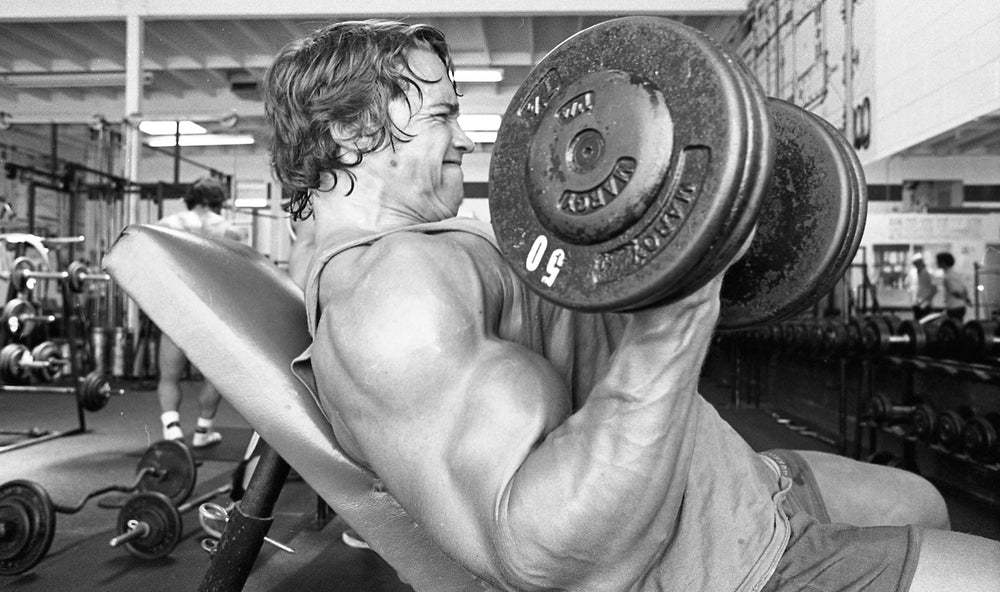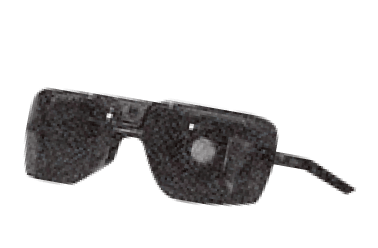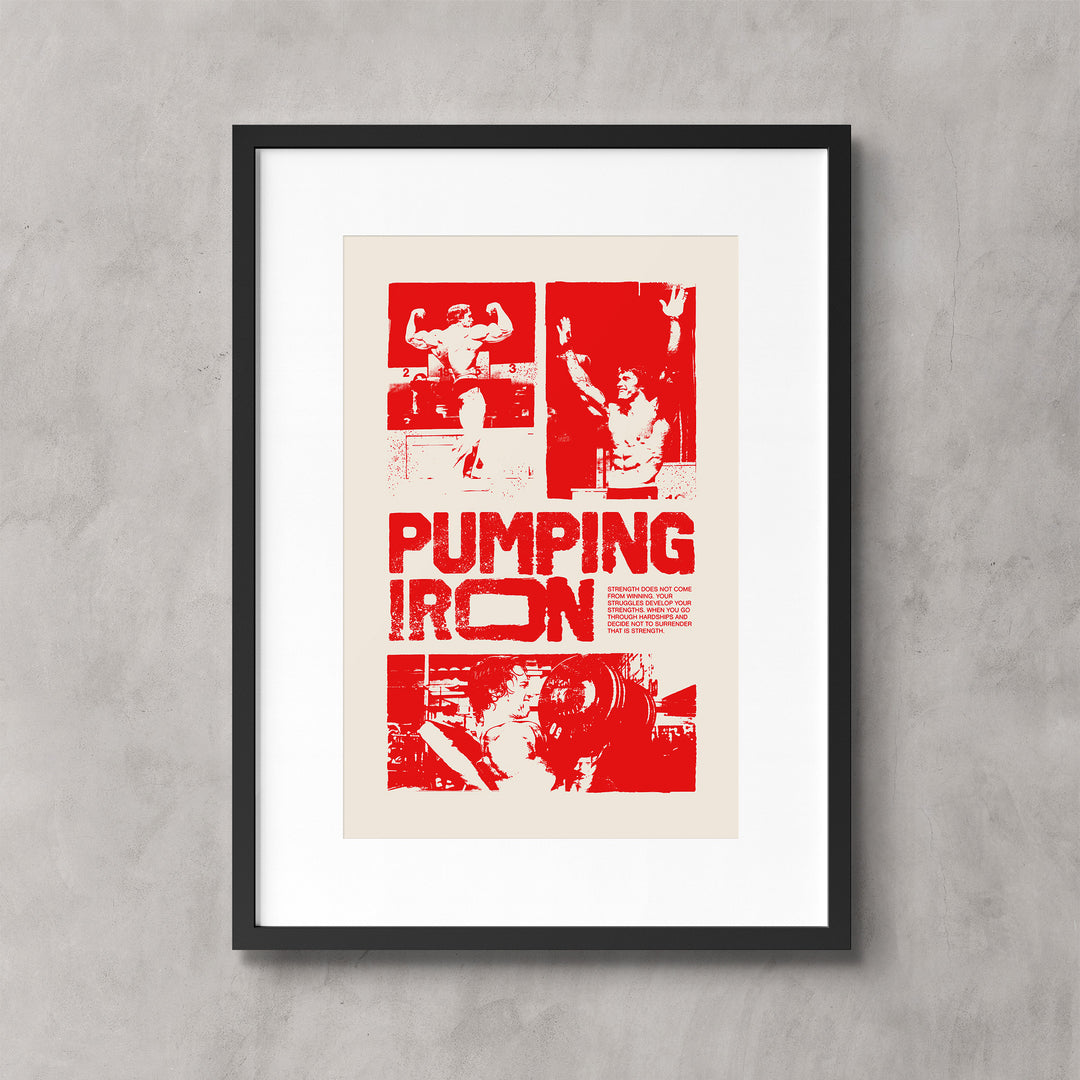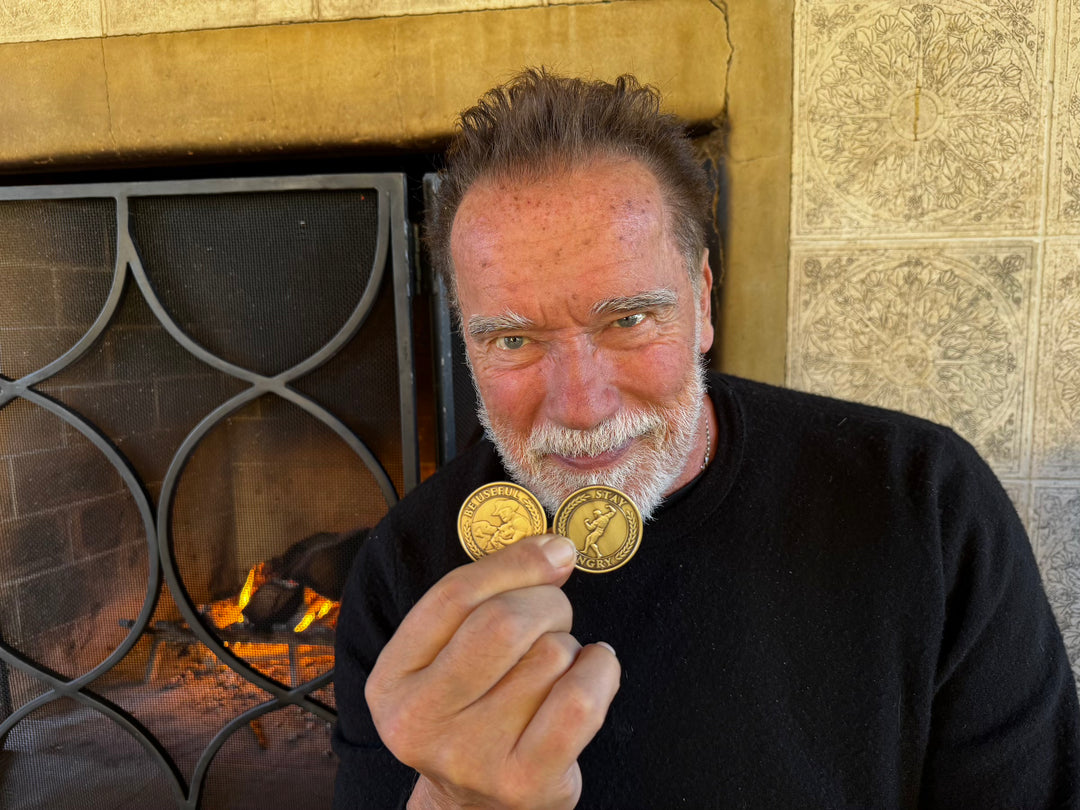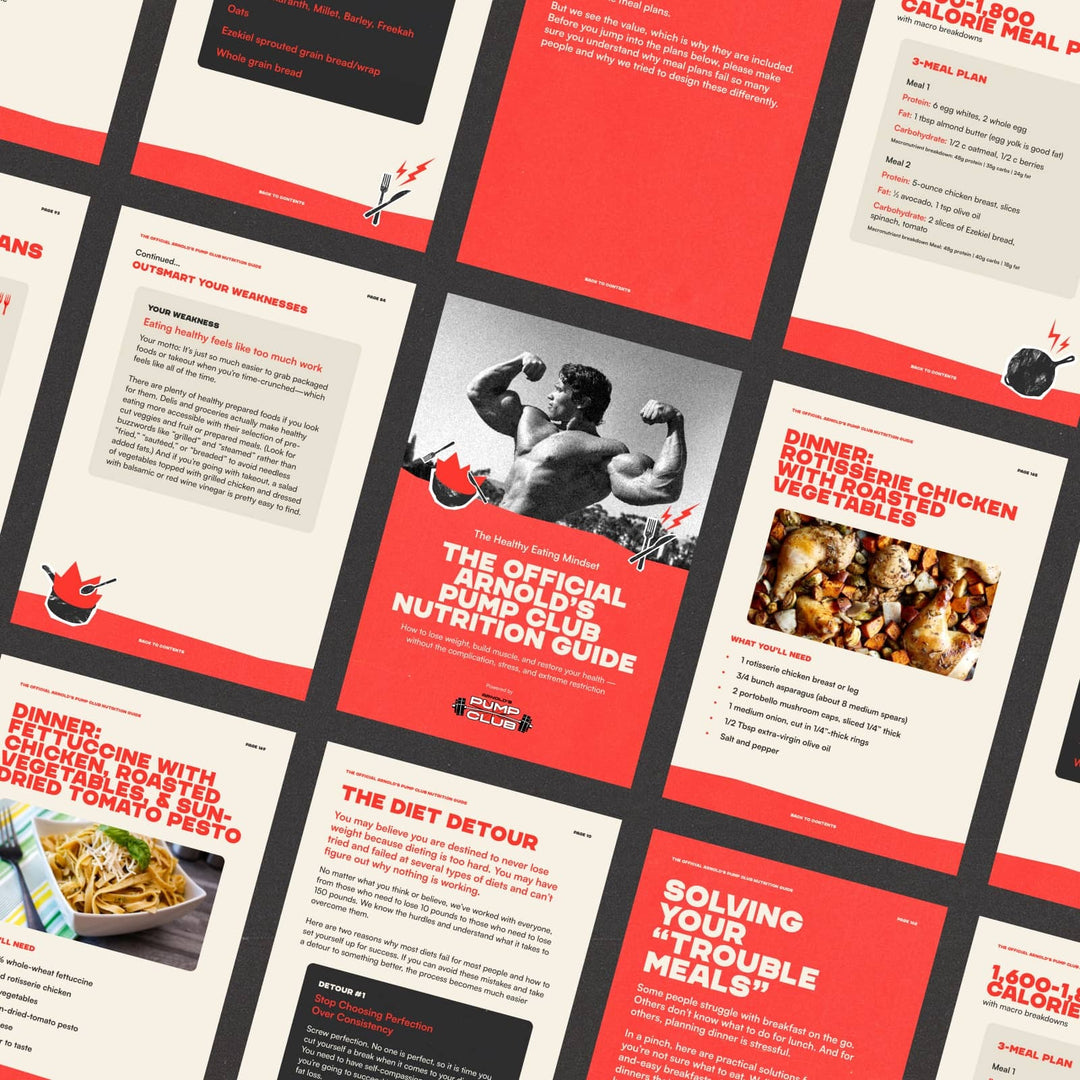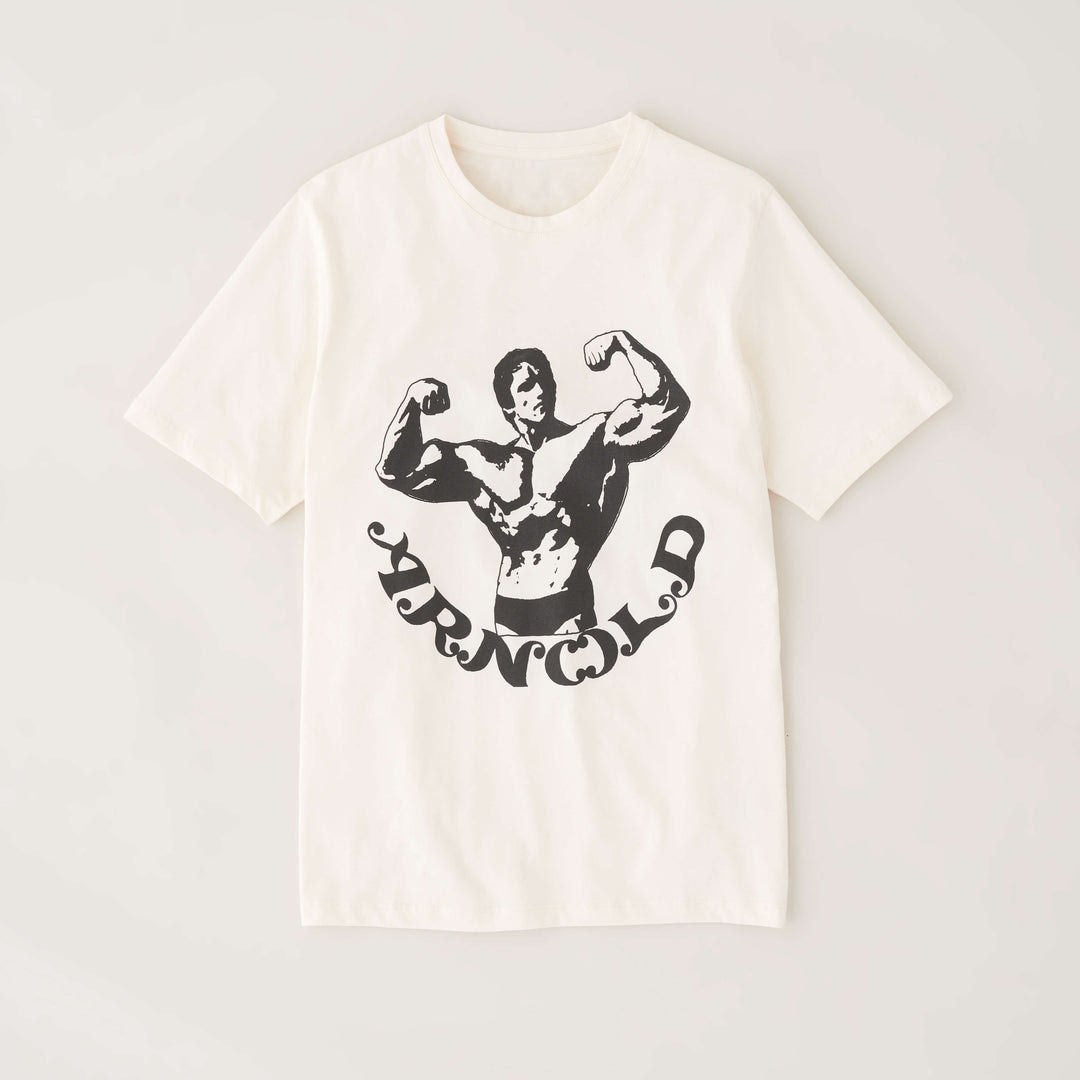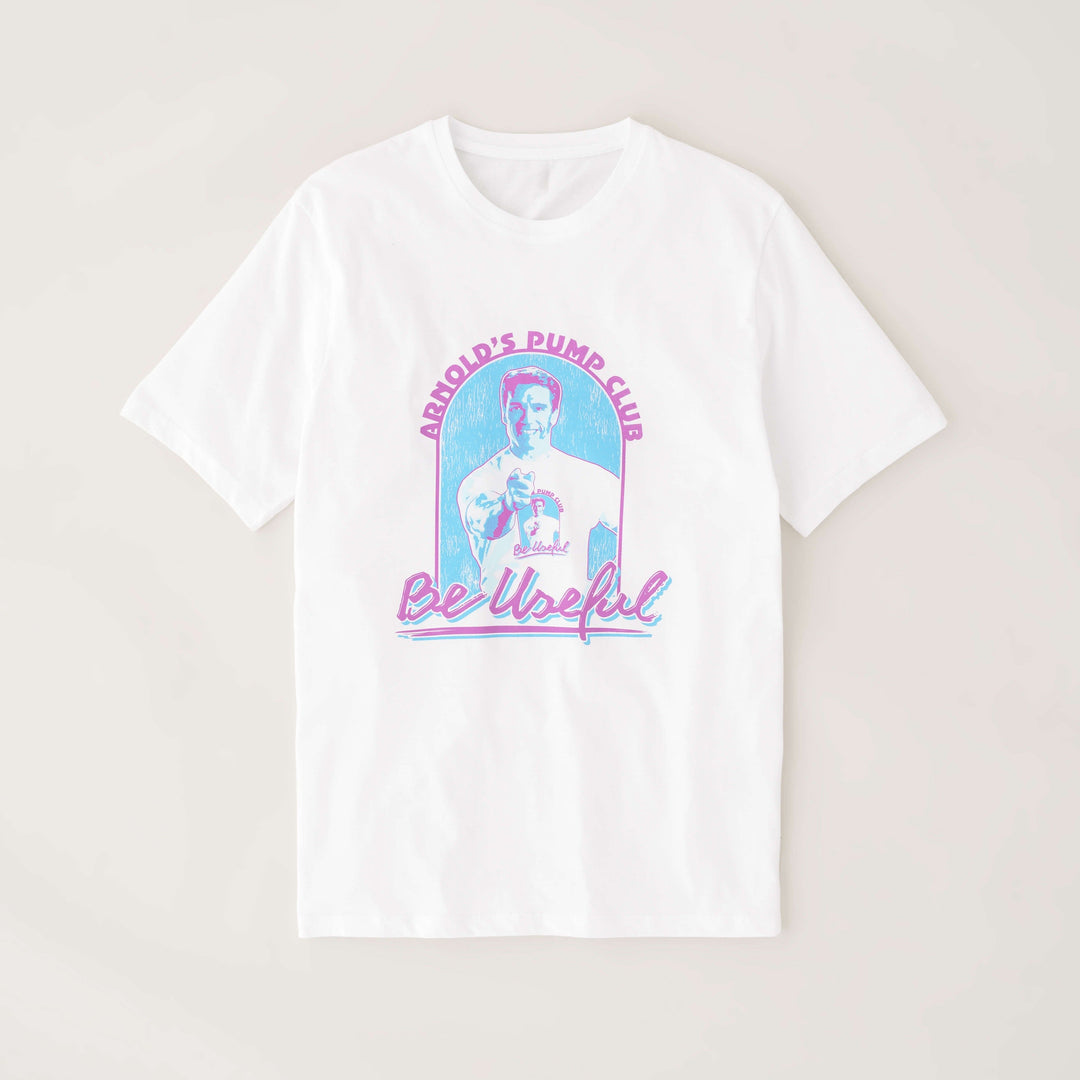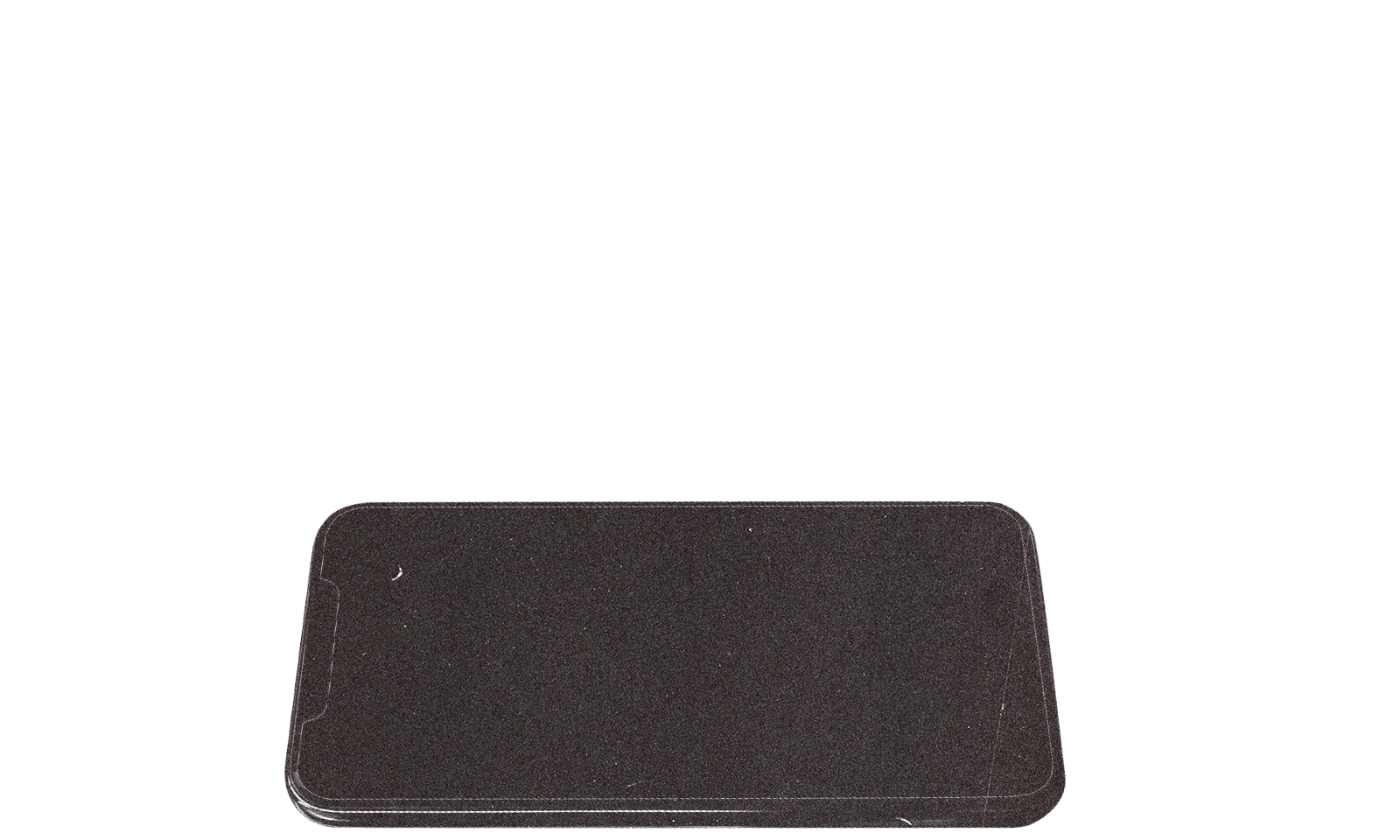Welcome to the positive corner of the internet. Every weekday, we make sense of the confusing world of wellness by analyzing the headlines, simplifying the latest research, and offering quick tips designed to make you healthier in less than 5 minutes. If you were forwarded this message, you can get the free daily email here.
Today’s Health Upgrade
Monday motivation
Managing menopause
Workout of the week
Arnold’s Podcast
Want more stories from Arnold? Every day, Arnold’s Pump Club Podcast opens with a story, perspective, and wisdom from Arnold that you won’t find in the newsletter. And, you’ll hear a recap of the day’s items. You can subscribe on Apple, Spotify, Google, or wherever you listen to podcasts.
Arnold’s Corner: Monday Motivation
Last week, we celebrated the one-year anniversary of The Pump. I promised the village I would turn my motivation over to them because some of their stories are more inspirational than anything I can say here.
Some lost weight — members shared stories of losing 5, 10, 40, or 90 pounds. Some improved their health by reversing type 2 diabetes. Some increased their strength — I saw a lot of deadlift PRs and even more people who could pick up their kids without a struggle. Some are just enjoying life more with less pain.
But what blew me away the most was their mental transformations. That’s what makes me most proud of the village. These heroes are battling depression and anxiety and getting through unbelievable tragedies, and I’m so proud of them for sharing and lifting each other up.

Here are a few more comments that made me so proud. If you’re going through a hard time right now or aren’t sure if you’re ready to start exercising, I hope my friends here can inspire you.











I think what is happening here is a one-two punch. Through their training programs, they found they had the power to change something in their life, which changed their whole outlook. You start to feel less powerless and wonder what else you can change. But also, through the village, they found they were never alone. Everyone is struggling with something. It’s the only place I’ve ever seen online where people are willing to share their darkest times or victories, and the whole community rallies around them.
So this week, find your power. Find your community. I am not exaggerating: those two things can save your life.
It doesn’t have to be The Pump. But if it is, when you start a free trial, go back and read those comments on my Pump Anniversary post. There are over 600, and they’ll give you all the fuel you need to get moving.
They sure inspired me.
And one more thing. Tomorrow night, you can watch Sly and I sit down for our first long interview together on Fox!
Guest Corner: Managing Menopause
Editor’s Note: The village now has more than 800,000 people. We’re a big city of all ages, genders, and goals. One of the most common requests from our female audience is about managing perimenopause and menopause. Because we are here to deliver access to the top experts, we spoke with Dr. Jennifer Ashton, who is double board certified in OB-GYN and obesity medicine and has a degree in nutrition. She also just launched Ajenda, a women’s health company. You can sign up here for her free weekly newsletter. Here are Dr. Ashton’s thoughts on two lifestyle changes that can make a big difference in managing your symptoms.
Did you know that perimenopause can start as early as your mid-thirties? And when that happens, hormonal changes can make it seem easier to gain abdominal fat as you simultaneously lose bone mineral density.
The reason: during perimenopause, a woman’s testosterone levels start to decline because a significant percentage of female testosterone is generated in the ovaries.
Your solution to offsetting the changes in testosterone, weight gain, and changes to your bones: resistance training and protein consumption.
When women start to gain weight, their natural reaction is to cut calories, but they do this at risk of reducing protein too much. Women should eat approximately 1.5 grams per kilogram of their body weight per day. To figure this out, take your weight in pounds, divide it by 2.2, and then multiply by 1.5. Generally, most women need at least 75 to 100 grams of protein daily. This helps ensure that you build muscle and lean body mass, and women who consume more protein tend to experience less perimenopausal weight gain.
Protein is a good start, but it’s incomplete without resistance training. As a member of the Pump Club, you’re no stranger to the importance of lifting weights, but it’s even more important as you age. Both men and women are more susceptible to sarcopenia, which causes muscle loss and can only make the symptoms of perimenopause more difficult.
Studies suggest that lifting weights — including heavy resistance training (regardless of body weight) — can help maintain muscle, help you prevent weight gain, and slow, prevent, or stop osteopenia and osteoporosis. If you’re over 50, getting a DEXA bone scan is best to help identify early detection and keep your body healthy.
To keep your body healthy during perimenopause and menopause, aim for at least 2 to 3 resistance training workouts per week, prioritize your protein, and if you’re seeing changes to your bones, add more calcium-rich foods such as milk, cheese, yogurt, salmon and sardines, seeds, edamame, kale, spinach, and broccoli.
Workout of the Week
Last week, we proved you could get a great workout with just one exercise.
This week, we show how two exercises can be paired to build muscle and strength while supporting fat loss.
How it works
Select an upper body and a lower body exercise.
Use a weight you could perform for 8 reps on each exercise (it’s likely a different weight for each movement).
Perform five reps of the first exercise reps and then five reps of the second exercise (remember, it’s a weight you can lift 8 times with good form). Then, do three reps of the first exercise, followed by three reps of the second. Finally, do four reps of the first and four reps of the second. That’s one round.
Rest for 3 minutes, then repeat another 1 to 3 times, depending on your workout experience or time. The more experience (or time), the more rounds you perform.
You can perform this plan two to three times per week, with at least one day of rest between workouts. This workout can be adapted to any two exercises and equipment, whether a dumbbell, barbell, or kettlebell, or you load up a heavy backpack or rucksack.
Potential Exercise Pairings
Squat and overhead press
Split squat and rows
Deadlift and bench press
Step-up and Pullup
Inverted row and bodyweight squat
Pushup and lunge
Give it a try, and let us know what you think!
—
Publisher: Arnold Schwarzenegger
Editors-in-chief: Adam Bornstein and Daniel Ketchell
